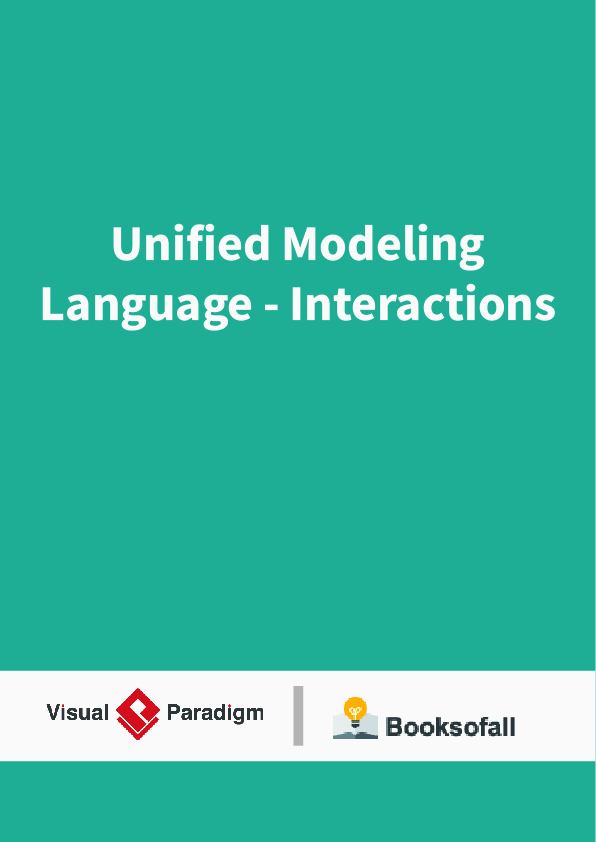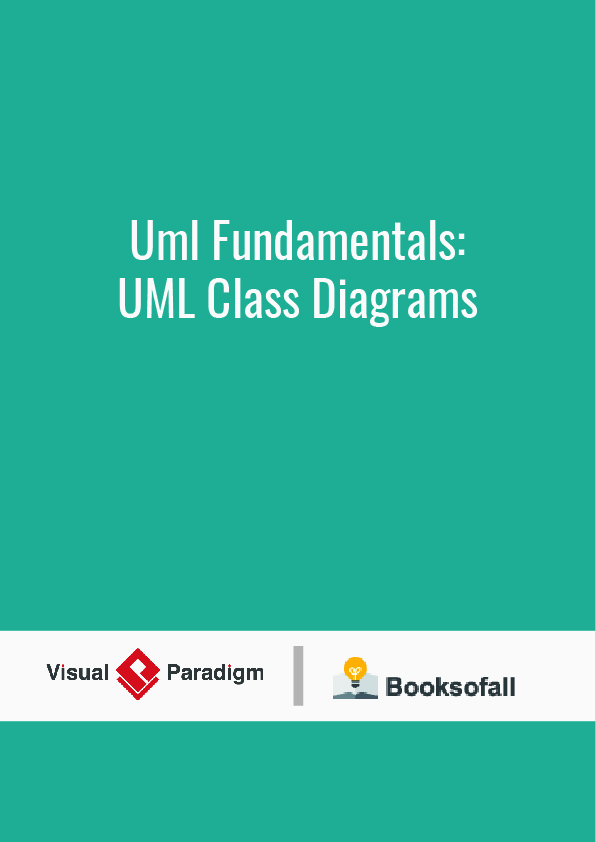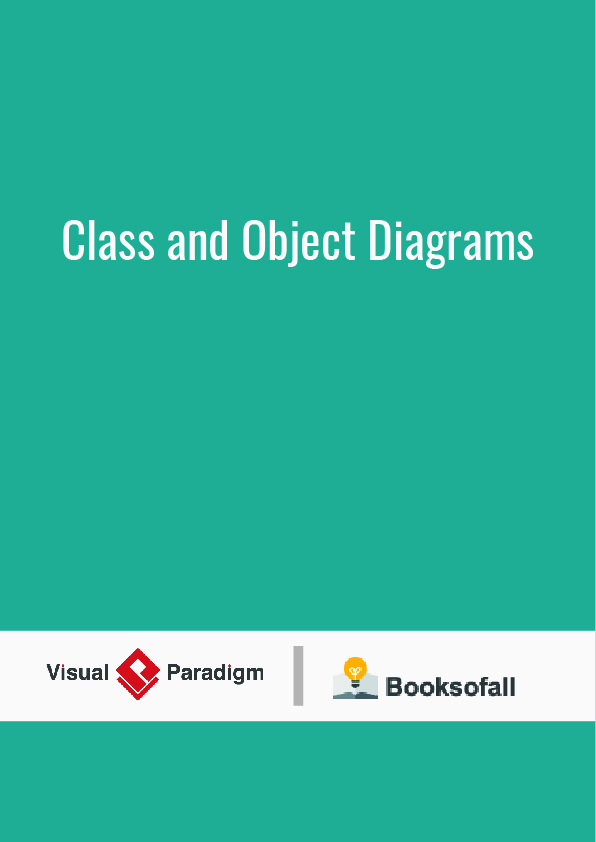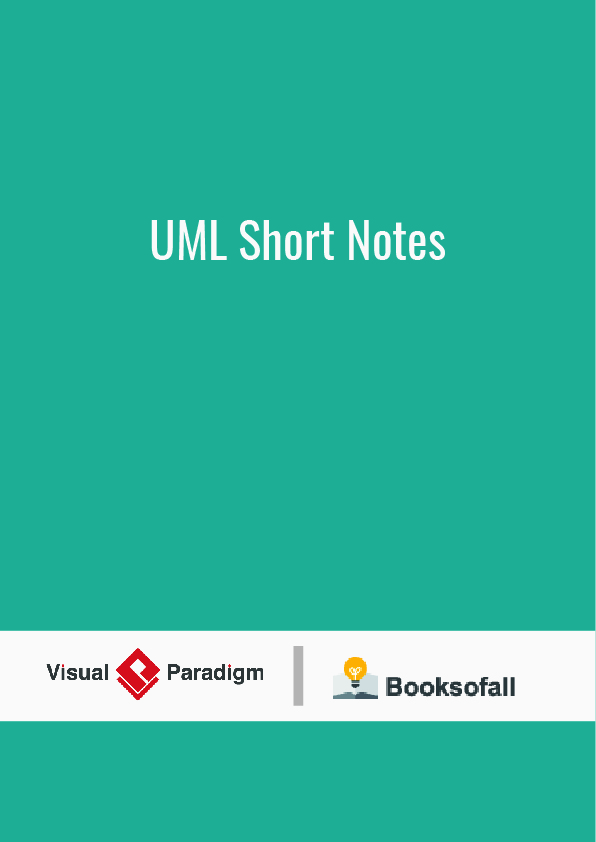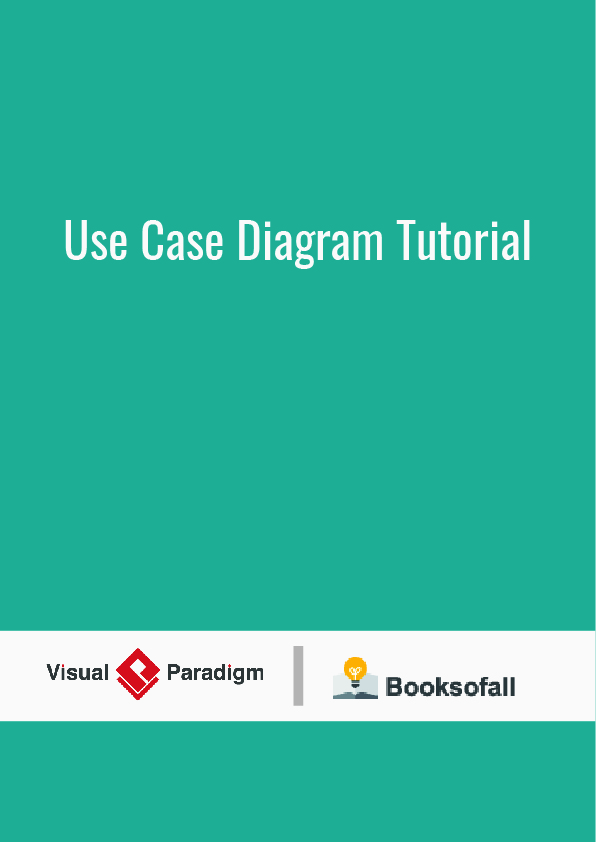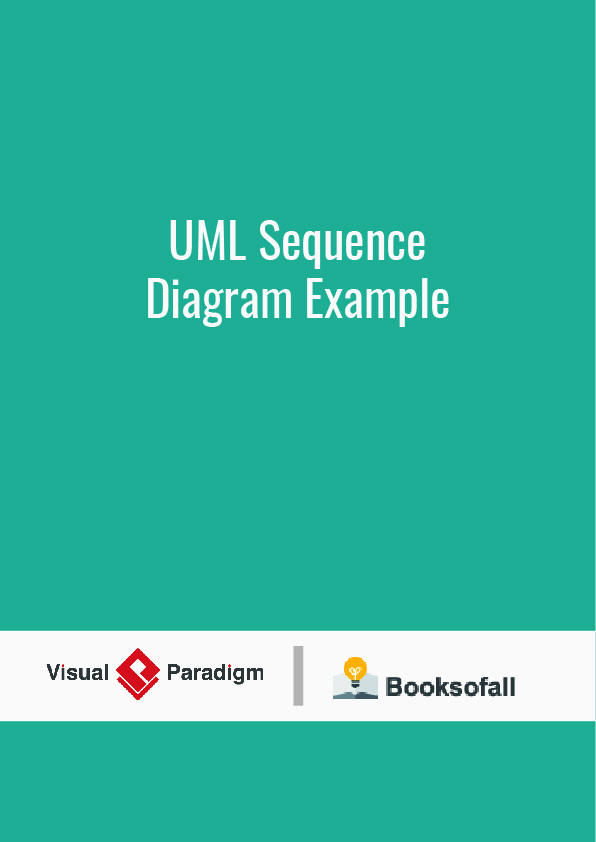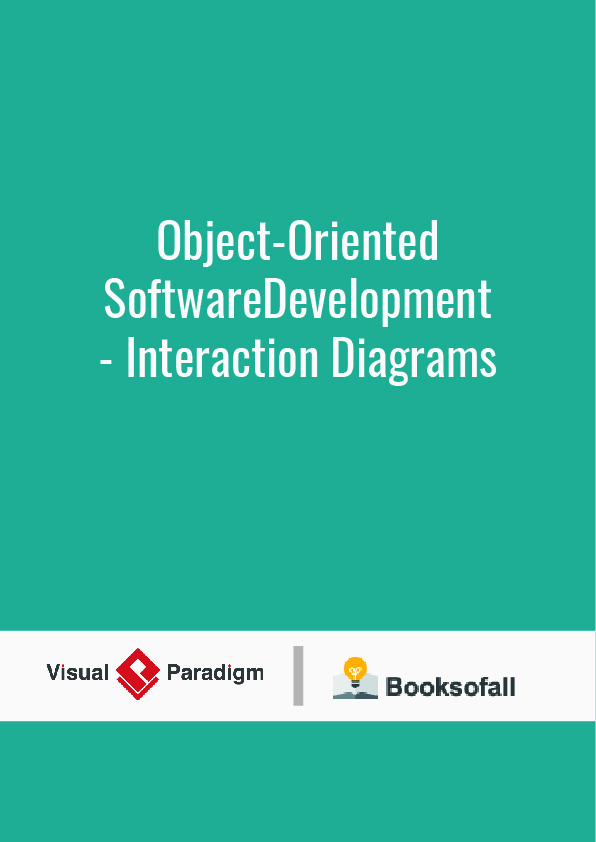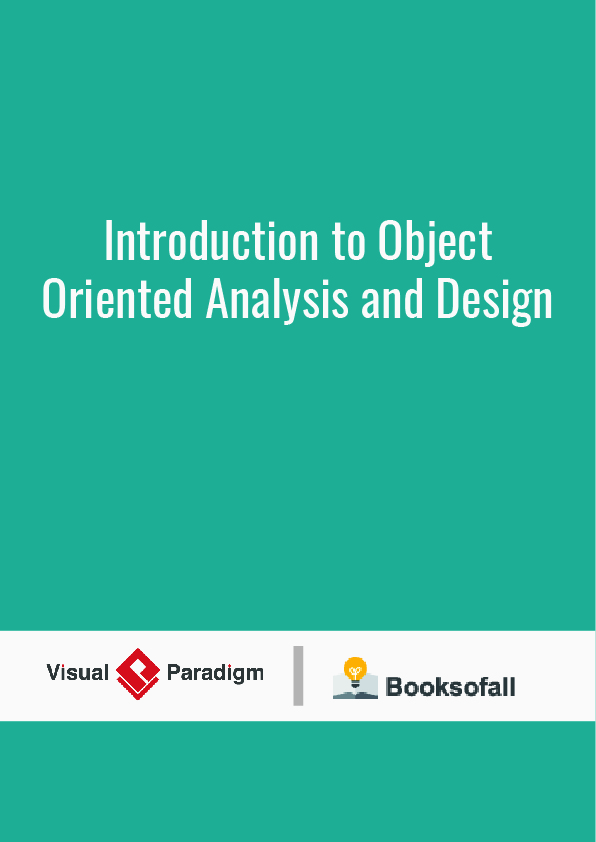Interaction diagrams, a subset of behavior diagrams, emphasize the flow of control and data among the things in the system being modeled. For example, the sequence diagram shows how objects communicate with each other regarding a sequence of messages.
UML has four types of interaction diagrams:
- Sequence diagram
- Communication diagram
- Interaction overview diagram
- Timing diagram
Interaction overview diagram
Interaction Overview Diagram is one of the fourteen types of diagrams of the Unified Modeling Language (UML), which can picture a control flow with nodes that can contain interaction diagrams.
Sequence diagram
A sequence diagram or system sequence diagram (SSD) shows process interactions arranged in time sequence in the field of software engineering. It depicts the processes involved and the sequence of messages exchanged between the processes needed to carry out the functionality. Sequence diagrams are typically associated with use case realizations in the 4+1 architectural view model of the system under development. Sequence diagrams are sometimes called event diagrams or event scenarios.
Communication diagram
A communication diagram in the Unified Modeling Language (UML) 2.0, is a simplified version of the UML 1.x collaboration diagram.
A Communication diagram models the interactions between objects or parts in terms of sequenced messages. Communication diagrams represent a combination of information taken from Class, Sequence, and Use Case Diagrams describing both the static structure and dynamic behavior of a system.
Timing diagram
A timing diagram in the Unified Modeling Language 2.0 is a specific type of interaction diagram, where the focus is on timing constraints.
Timing diagrams are used to explore the behaviors of objects throughout a given period of time. A timing diagram is a special form of a sequence diagram. The differences between timing diagram and sequence diagram are the axes are reversed so that the time increases from left to right and the lifelines are shown in separate compartments arranged vertically.
History and predecessors
Simple sequence diagrams 1990‘s
• Message Sequence Charts (MSCs) used in TelCo-industry
• several OO-methods use sequence diagrams
Complex sequence diagrams
• 1996: Complex MSCs introduced in standard MSC96
• 1999: Life Sequence Charts (LSCs)
Communication diagrams
• 1991: used in Booch method
• 1994: used in Cook/Daniels: Syntropy
Timing diagrams
• traditionally used in electrical engineering
• 1991: used in Booch method
• 1993: used in early MSCs
Interaction overview
• 1996: high-level MSCs (graphs of MSCs as notational alternative)
